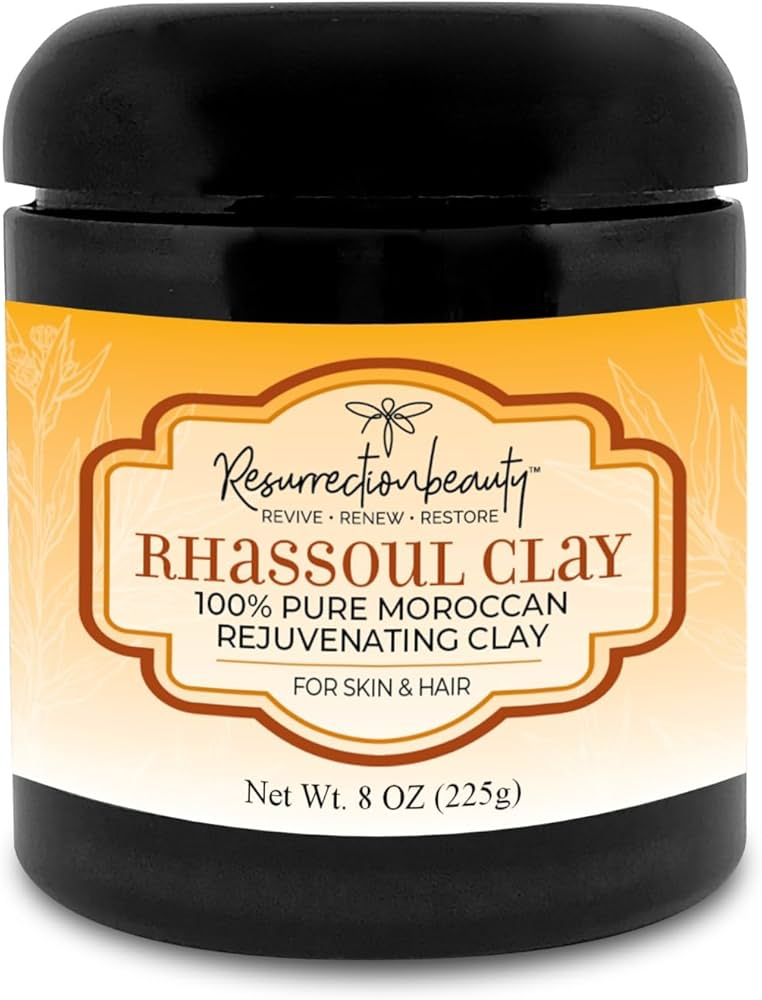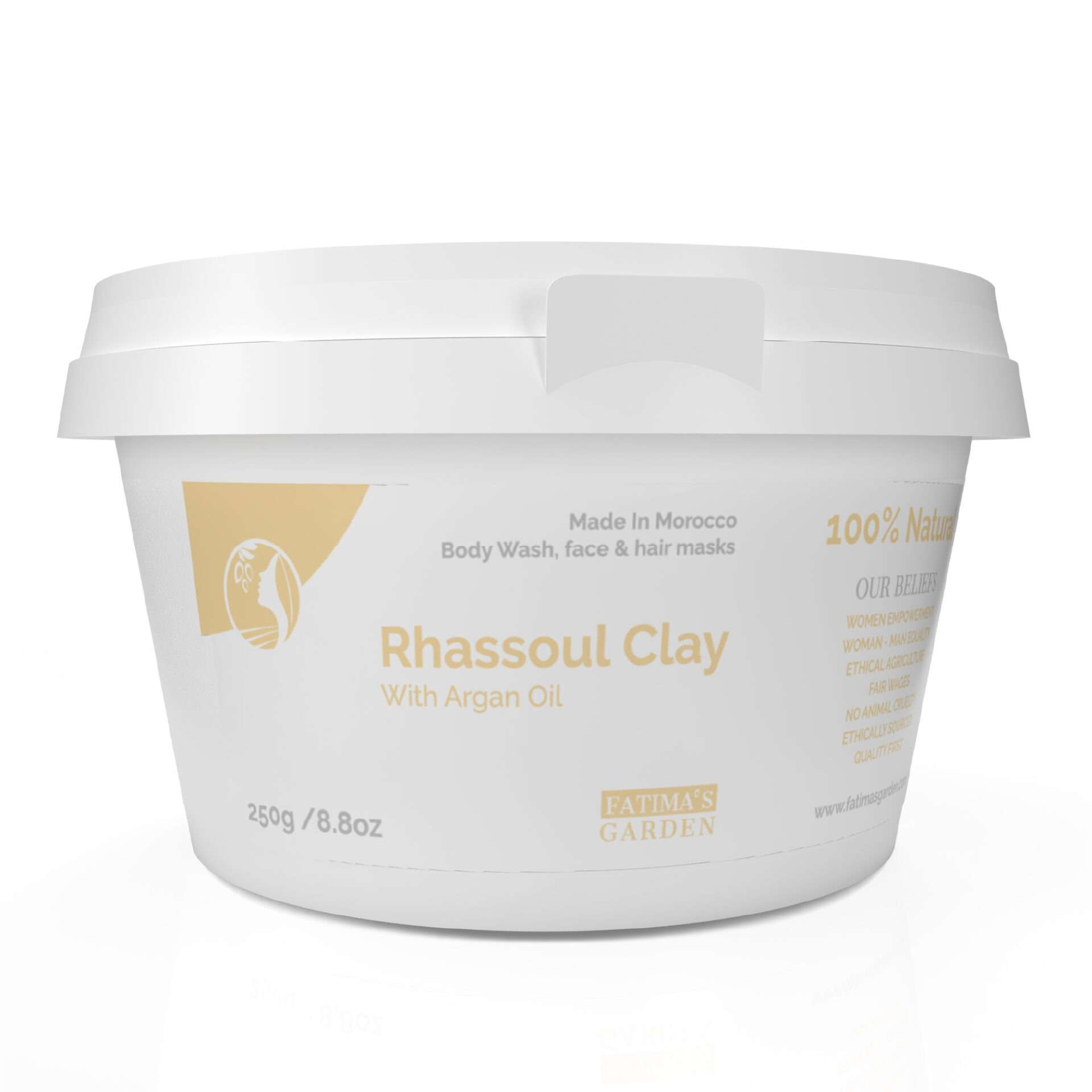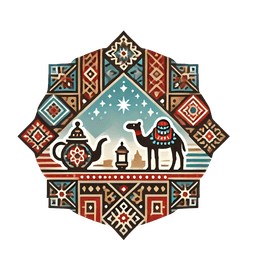- Published on
The Beauty of Ghassoul Morocco s Natural Clay for Skin and Hair
- Authors

- Name
- Adil ABBADI
Introduction
Deep within the Atlas Mountains of Morocco lies a hidden treasure, cherished by locals for generations. Ghassoul, a type of natural clay, has been a staple in Moroccan beauty traditions for centuries. This miraculous ingredient has been prized for its remarkable ability to detoxify, nourish, and rejuvenate the skin and hair. In this article, we'll delve into the world of ghassoul, exploring its origins, traditional uses, and modern adaptations.

- Cultural Context
- Traditional Significance
- Modern Relevance
- Cultural Preservation
- Conclusion
- Cultural Call-to-Action
Cultural Context
Ghassoul, also known as rhassoul clay, has been extracted from the Atlas Mountains for centuries. The name "ghassoul" originates from the Arabic word "ghasil," meaning "to wash." This natural clay has been an integral part of Moroccan beauty rituals, particularly in the traditional hammam experience. Hammams, or public bathhouses, have long been a social hub where locals gather to relax, socialize, and pamper themselves.
Traditional Significance
In traditional Moroccan beauty practices, ghassoul is mixed with warm water to create a paste, which is then applied to the skin and hair. This treatment is believed to draw out impurities, unclog pores, and leave the skin and hair feeling soft, smooth, and revitalized. Ghassoul is particularly renowned for its ability to nourish and strengthen hair, making it a staple in many Moroccan hair care routines.

Modern Relevance
As the world becomes increasingly aware of the importance of natural and sustainable beauty practices, ghassoul has gained popularity globally. Modern beauty enthusiasts have come to appreciate the multifaceted benefits of this ancient ingredient. Ghassoul is now incorporated into various beauty products, from face masks and body scrubs to shampoos and conditioners.
Cultural Preservation
Efforts to preserve and promote traditional Moroccan beauty practices, including the use of ghassoul, are underway. Local cooperatives and artisanal producers are working to share the cultural significance of ghassoul with the world, while ensuring sustainable and responsible harvesting practices. By supporting these initiatives, we can help preserve Morocco's rich cultural heritage and promote the continued use of this extraordinary natural resource.

Conclusion
Ghassoul, Morocco's natural clay, is a testament to the country's rich cultural legacy. For centuries, this remarkable ingredient has been cherished for its ability to nourish and rejuvenate the skin and hair. As we continue to learn from and appreciate Morocco's beauty traditions, we can work together to preserve and promote the cultural significance of ghassoul.
Cultural Call-to-Action
As you explore the world of ghassoul, remember to appreciate the cultural heritage behind this natural wonder. Support local, sustainable practices and artisanal producers to ensure the continued preservation of Morocco's rich beauty traditions. Try incorporating ghassoul into your own beauty routine and experience the ancient secrets of Moroccan glamour.
